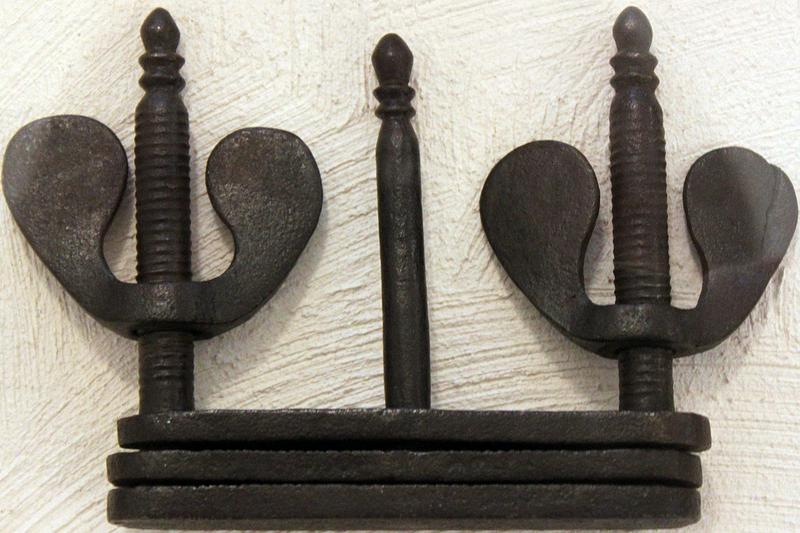4 Medieval Torture Techniques That Will Make You Glad You Live In The Modern Age
By | March 29, 2022

Thumbscrew
It's not known exactly when the thumbscrew was first invented, but historians have traced documentation describing the device back to the 1500s and suspect it originated within the Russian army, where it may have been used to discipline unruly soldiers or deserters. Although not a fatal device, the thumbscrew was effective for all its simplicity. The torturer placed the victim's fingers between the metal screws and then turned them, slowly crushing the victims thumbs, often to the point of breaking. It was popular because it created immense pain with relatively little bodily damage.

The Rack
Another popular interrogation method involved placing the victim on the rack, a simple platform and ratchet mechanism which attached to the victim's extremities and slowly pulled them apart by the limbs. It was a slow and extremely painful method of torture that dislocated the victim's shoulders, elbows, knees, and even hips if they didn't spill the beans. While strapped to the rack, the victim could also be subjected to other kinds of torture, which could be fatal.

Breaking Wheel
Often regarded as one of the most horrific instruments of cruelty in the history of Europe, the breaking wheel was usually only used on those who were believed to have committed high treason or other especially heinous crimes, such as German serial killer Peter Niers, whose gang were responsible for killing more than 500 people. (Niers himself was thought to have killed 24 pregnant women by cutting out their fetuses, supposedly for witchcraft purposes.) The victim was strapped to the wheel and then dropped so their limbs were crushed under its weight, then the executioner broke their bones with a hammer and placed them on a large wooden pole, where they were left to face the elements and predators and slowly die from their wounds.

Cucking Stool
Cucking or ducking stools were one the many methods by which women were tortured during the medieval era, often for low-level offenses like disturbing the peace, arguing, or just being generally "unladylike." Usually, the victim was strapped to a chair and displayed publicly for a long period of time, often to the point of soiling herself. For more serious offenses, like supposed witchcraft, the chair was dunked into water until she either confessed or drowned.

